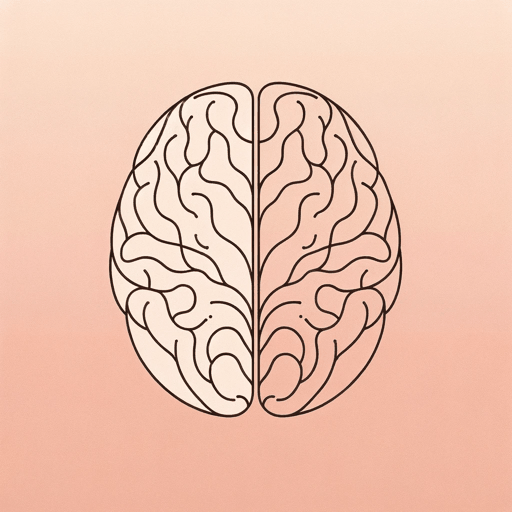46 pages • 1 hour read
Jill Bolte TaylorMy Stroke of Insight: A Brain Scientist's Personal Journey
Nonfiction | Autobiography / Memoir | Adult | Published in 2006A modern alternative to SparkNotes and CliffsNotes, SuperSummary offers high-quality Study Guides with detailed chapter summaries and analysis of major themes, characters, and more.
Chapters 3-5Chapter Summaries & Analyses
Chapter 3 Summary: “Hemispheric Asymmetries”
In 1780, Meinard Simon Du Pui was the first scientist to hypothesize that each of the brain’s hemispheres “had its own mind” (27). Investigation into these hemispheres became more popular by the 1970s, when American scientist Dr. Roger W. Sperry cut the corpus callosum (that information highway between the left and right hemispheres) in patients experiencing seizures.
Dr. Sperry proved that the hemispheres function differently when they are separated, and that when surgically disconnected, one or the other hemisphere becomes dominant. Since these distinct hemispheres can only be used one at a time, they are like “independent brains” that may create a “Dr. Jekyll and Mr. Hyde” personality in the patient (28). With modern fMRI imaging, scientists now understand which neurons help complete different tasks and that our hemispheres are usually very “neuronally integrated” (28). As a result, modern neuroscientists consider the brain’s hemispheres as “complementary halves of the same whole” (29).
Dominance in the brain refers to a hemisphere’s ability to process language and does not depend on whether someone is right-handed or left-handed (29). The author then describes the asymmetries between the brain’s hemispheres, detailing how the right hemisphere controls the left side of our body while the left hemisphere does the opposite (29).

